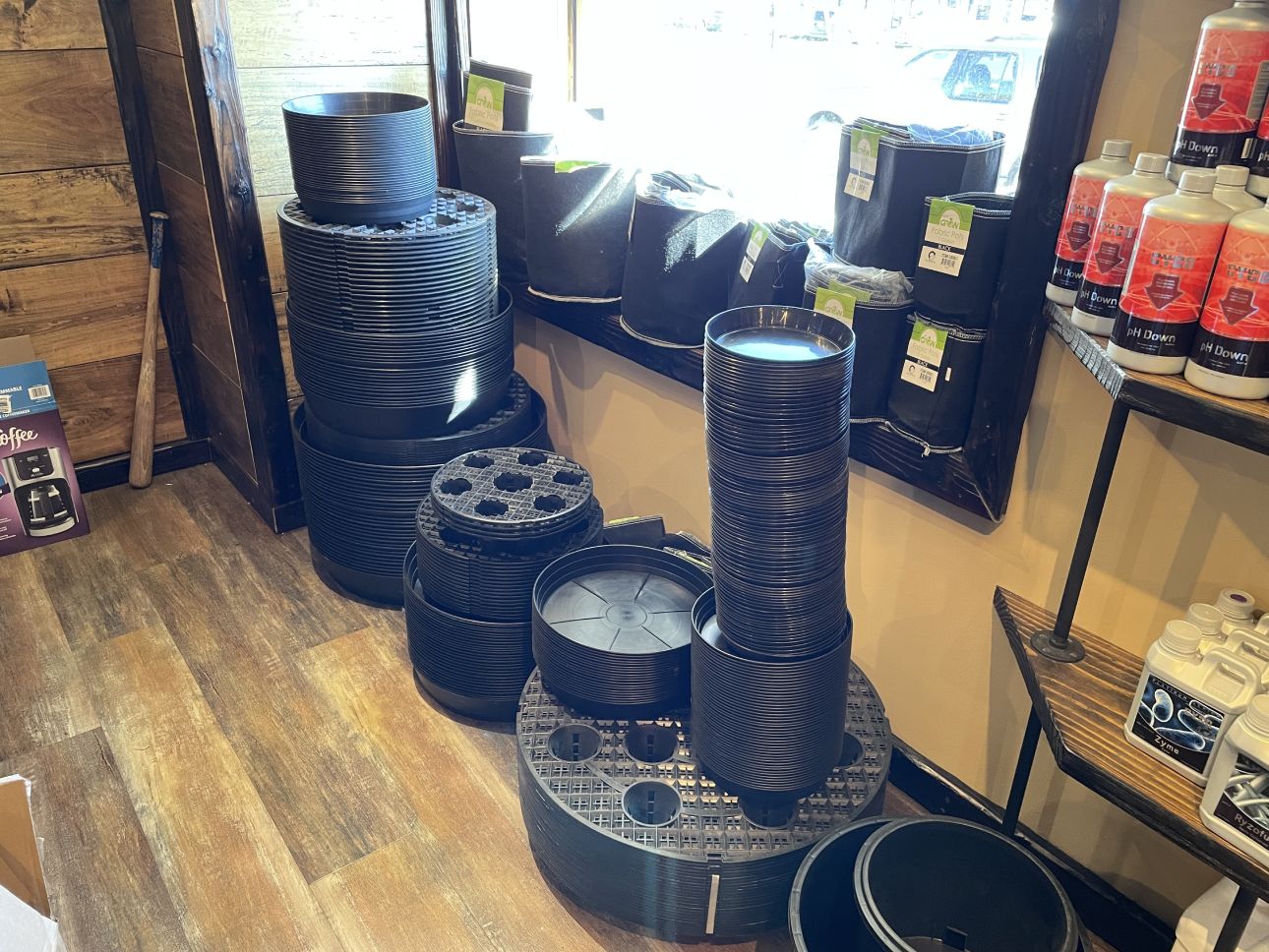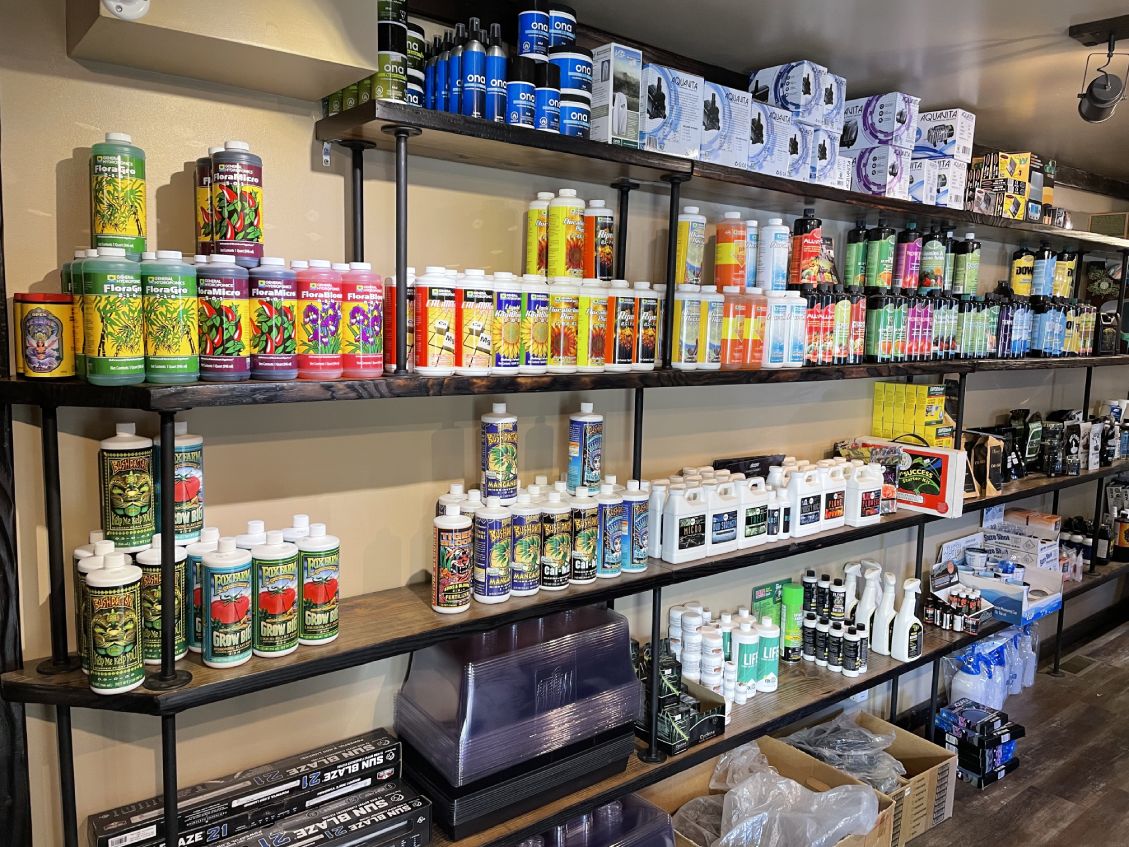Change Your Planting Experience with The Indoor Earthworm's Development
Taking Advantage Of the Power of Hydroponics: a Deep Dive Into Utilizes and Different Types
In the realm of modern farming, hydroponics has become a method that challenges conventional farming methods by offering a water-efficient and space-saving choice. The usage of hydroponic systems opens a world of possibilities for cultivating plants in diverse settings, ultimately impacting food manufacturing and sustainability. As we navigate via the detailed landscape of hydroponics, discovering its numerous types and applications, a deeper understanding of its prospective to reinvent farming methods and address worldwide food safety concerns starts to unfold.
Benefits of Hydroponic Farming
Hydroponic farming supplies many advantages over standard soil-based agriculture. One of the key advantages is water performance; hydroponic systems make use of up to 90% less water compared to conventional farming approaches.
In addition, hydroponic farming permits better control over nutrient levels, leading to faster plant growth and higher yields. By giving vital nutrients directly to the plant origins, hydroponic systems promote much healthier and extra robust plant development. In addition, the controlled atmosphere of hydroponic systems minimizes the risk of conditions and parasites, minimizing the need for hazardous chemicals and herbicides.

Typical Sorts Of Hydroponic Systems
One widespread kind is the Deep Water Society (DWC) system, where plant origins are immersed in a nutrient solution. The Ebb and Flow system, likewise understood as Flooding and Drainpipe, periodically floods the plant roots with nutrient option prior to draining it. Wick systems, the simplest form of hydroponics, use a wick to passively provide vitamins and mineral option to the plant origins.
Nutrient Film Strategy (NFT) System

One of the essential benefits of the NFT system is its water performance. The Indoor Earthworm. Because the nutrient option is recirculated in a shut system, this method makes use of considerably much less water contrasted to conventional dirt farming. In addition, the NFT system is space-efficient, making it optimal for indoor farming or in areas with minimal area for conventional agriculture
Nevertheless, the NFT system needs cautious surveillance and maintenance to make certain the constant circulation of water and nutrients. Any interruption in the flow can quickly impact plant health. Generally, the NFT system uses a effective and sustainable way to expand plants hydroponically, especially for plants that prosper in well-oxygenated root environments.
Deep Water Culture (DWC) System
Moving from the Nutrient Movie Strategy (NFT) system, the Deep Water Culture (DWC) system is a hydroponic approach that includes putting on hold plant origins directly in a nutrient remedy. Unlike NFT, where roots are continuously subjected to a thin film of nutrient moved here solution, DWC plants have their origins immersed in a reservoir loaded with aerated vitamins and mineral water. The roots hang in the nutrient service, enabling straight uptake of water and essential nutrients.
One of the key benefits of the DWC system is its simplicity and reduced upkeep requirements. The consistent accessibility to oxygen and nutrients advertises fast growth and greater returns. DWC systems call for adequate aeration to prevent origin rot and guarantee optimal nutrient absorption. Routine monitoring of pH degrees and nutrient concentrations is essential to stop imbalances that can hurt plant health.
Aeroponic System
An ingenious approach in hydroponics farming, the Aeroponic System uses a misting or misting system to provide nutrients directly to plant origins put on hold airborne. This system is understood for its ability to advertise quick development and effective nutrient uptake because of the straight distribution of nutrients to the origins, allowing the plant to focus its energy on development as opposed to looking for nutrients. In an aeroponic setup, plants are usually housed in a shut setting where the sites origins are intermittently misted with a nutrient service. This misting cycle makes certain that the origins check over here obtain ample oxygen, promoting healthy and balanced origin advancement and total plant development.
One of the crucial benefits of aeroponics is its water performance, as the system makes use of significantly much less water contrasted to standard soil-based growing techniques. Additionally, the specific shipment of nutrients straight to the origins can result in greater returns and faster growth prices. While aeroponics can be more intricate to establish and maintain contrasted to various other hydroponic systems, its capacity for increased plant growth and effectiveness makes it a popular selection for business cultivators and hydroponic enthusiasts looking for ideal outcomes.
Conclusion
Finally, hydroponic farming uses numerous advantages and different types of systems to select from. The Nutrient Film Strategy (NFT) system, Deep Water Culture (DWC) system, and Aeroponic system are among one of the most typical techniques used in hydroponics. Each system has its very own advantages and constraints, making it necessary for farmers to very carefully consider their demands and choices prior to selecting one of the most appropriate system for their plants.
Unlike other hydroponic systems where plants are submerged in a nutrient option, in the NFT system, the origins are revealed to the water only in a superficial movie.Relocating from the Nutrient Film Technique (NFT) system, the Deep Water Society (DWC) system is a hydroponic technique that involves putting on hold plant origins directly in a nutrient option.A cutting-edge method in hydroponics farming, the Aeroponic System uses a misting or fogging system to deliver nutrients directly to plant roots put on hold in the air. The Nutrient Movie Technique (NFT) system, Deep Water Culture (DWC) system, and Aeroponic system are among the most typical methods made use of in hydroponics. Each system has its own benefits and limitations, making it vital for farmers to thoroughly consider their demands and choices before choosing the most ideal system for their crops.